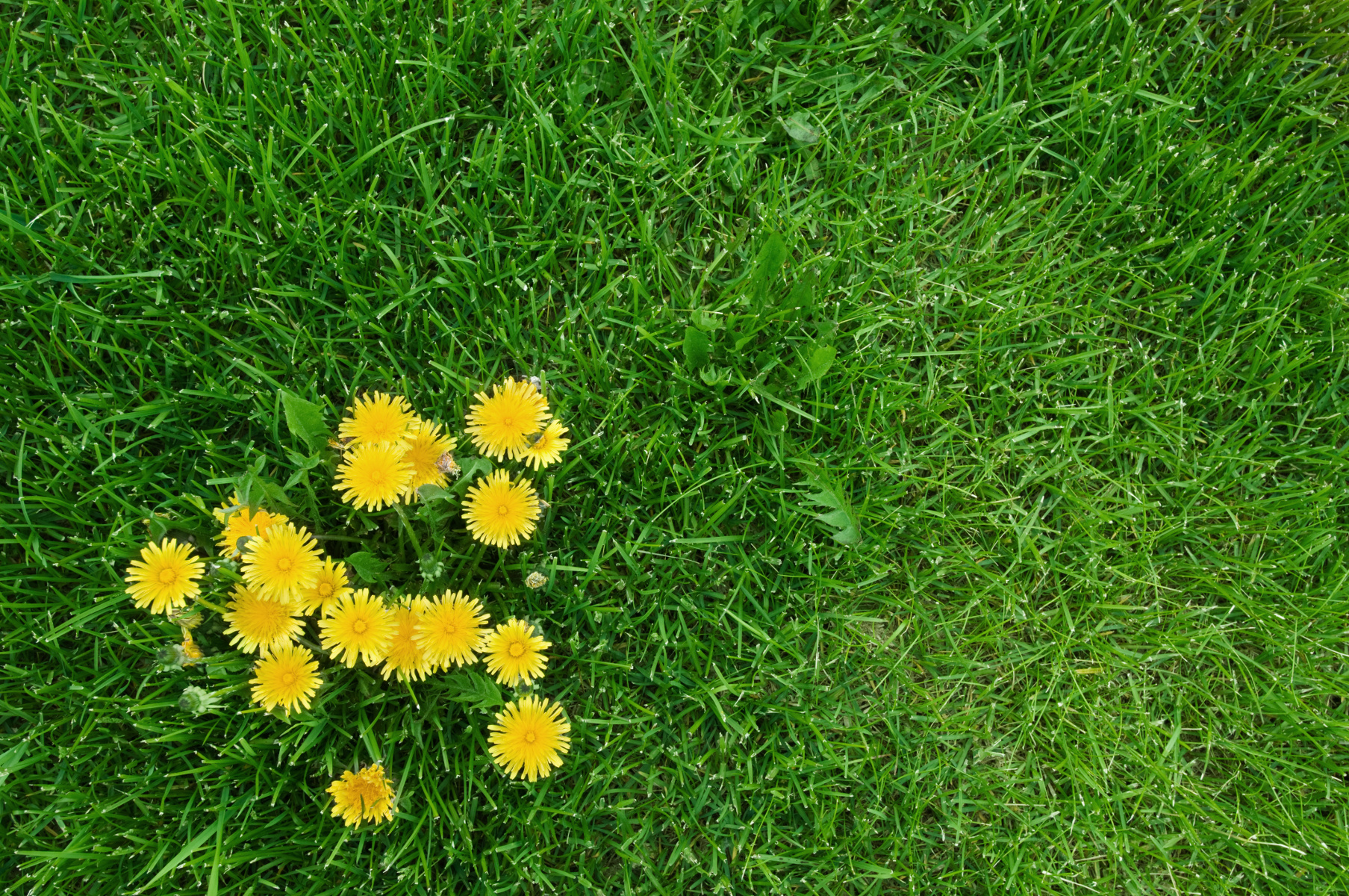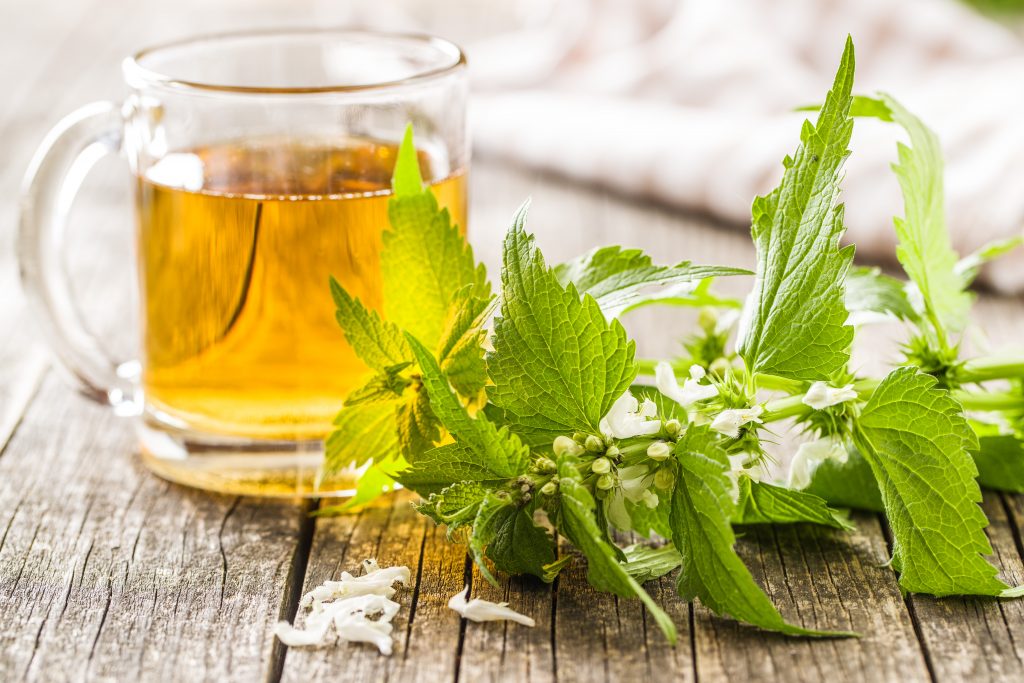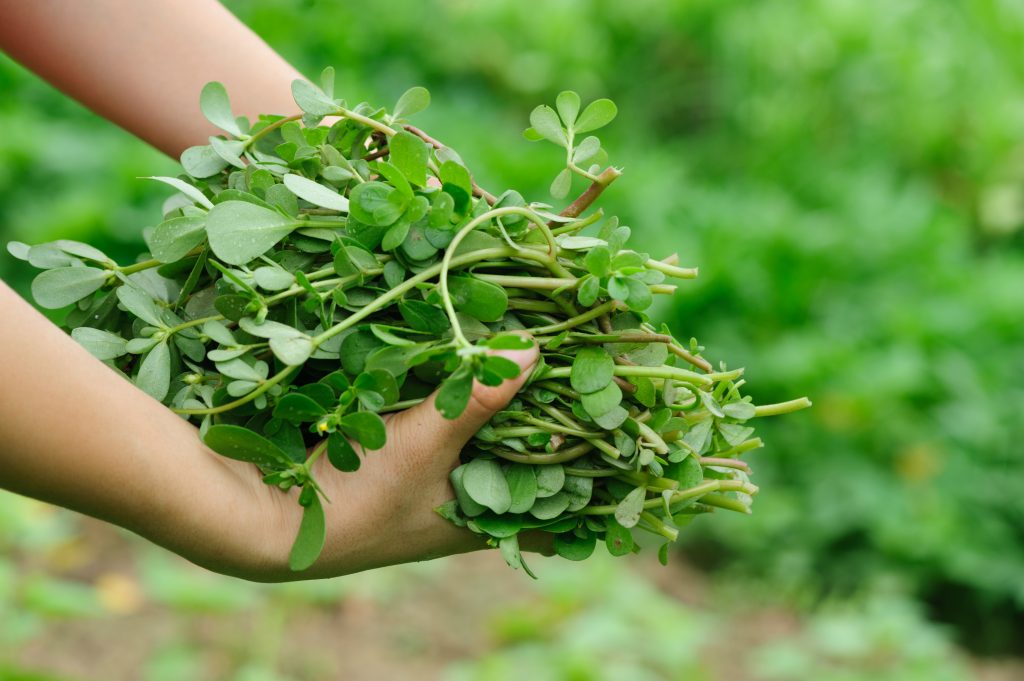3 Common Yard Weeds with Medicinal Properties
There are thousands of edible plants, some with surprising medicinal and restorative properties. While the ancients seemed to understand what these botanicals had to offer in terms of support for health and nourishment, we modern people are attempting to learn the why and how these plants provide some unique health benefits. The following three weeds are quite commonplace, and you might have even tried to eradicate them from your landscape. But, they have some outstanding medicinal properties that might even benefit your own health.
Dandelions (Taraxacum)

Dandelions are the bane of lawn lovers everywhere, but these weeds with their jagged foliage and bright golden heads are eaten routinely in many parts of the world. Not only are they nutrient rich, they boast medicinal properties. People frequently add dandelion greens to salads or dry the roots to make teas.
The ancient Chinese were the first to write about the healing qualities of dandelion. They prescribed this plant to treat indigestion and stomach inflammation. We know today that the bitter properties of the plant actually do stimulate the body’s digestive glands, promoting food digestion. According to research, dandelions may help promote healthy liver function, remove toxins from the body, control blood sugar, and even weight loss.
Stinging Nettle (Urtica dioica)

A lover of moist, fertile soil, stinging nettle is an unloved weed among gardeners but prized by folk medicine practitioners. If you suffer from conditions caused by inflammation like arthritis or gout, you may benefit from drinking teas made with stinging nettle. This weed is known to offer natural pain relief as well as antimicrobial properties.
Stinging nettle is rich in antioxidants, which may be why it is also so effective for treating inflammation associated with seasonal allergies. Although the evidence is not definitive, there is some research that suggests that stinging nettle blocks the body’s production of histamine, the chemical responsible for causing those unpleasant allergy symptoms like itching and hives. With its natural diuretic properties, stinging nettle boasts detoxifying properties that your kidneys and liver would surely thank you for if they could.
Purslane (Portulaca oleracea)

Noted as a tasty weed, purslane is both edible and nutritious. This weed may be eaten raw or cooked and produces a slightly salty taste that’s been compared to watercress and spinach. Purslane grows happily in gardens as well as in harsher conditions such as the cracks in sidewalks. High in vitamin A and vitamin C, this plant is also particularly rich in omega-3 fatty acids. As you may be aware, these fatty acids are known to help cut down the risk for coronary artery disease and life-threatening health emergencies like stroke and heart attack.
If you happen to be suffering from symptoms associated with arthritis or indigestion, the inflammation-fighting properties of purslane may provide you with some relief. In addition, scientific evidence suggests that this weed may also support vision health and alleviate bouts of insomnia.
Before you spray or dig up these weeds, you might want to think again. Many weeds like these offer surprising health benefits. While the scientific community is sometimes at odds with each other about some of these plants’ specific health benefits, people have been relying on them to treat a wide range of health complaints for centuries. Because they’re healthful and nutritious, you might just give them a try.
Posted in: Gardening, Landscaping
Leave a Comment (0) ↓